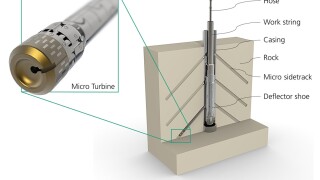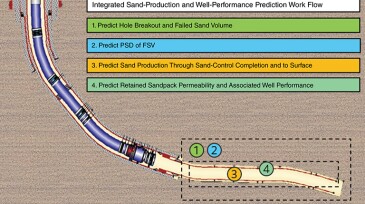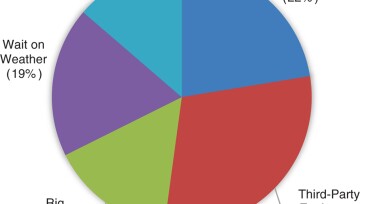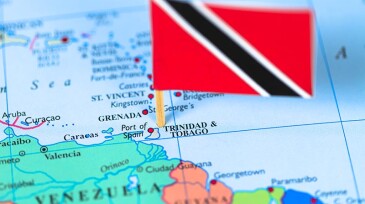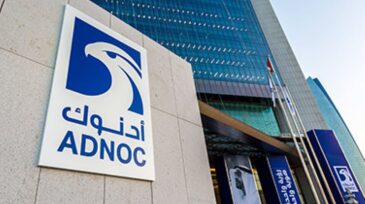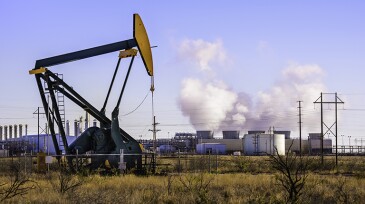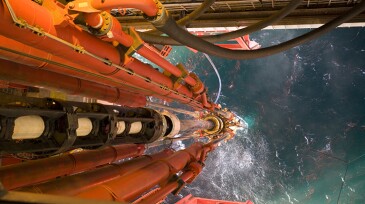Drilling
The Federal Reserve Bank of Dallas’ fourth-quarter energy survey shows that oil prices and geopolitical uncertainty are curbing enthusiasm heading into the new year.
A field test study examines micro turbine drilling in a clay formation that allows steel casing and formation to be drilled in a single operation.
The discovery in the Kutei Basin offshore Indonesia is being considered for fast-track development.
-
This paper presents a physics-based approach to predict sand production for various reservoir and completion types, explored through a case study of recent production wells in a sandstone reservoir development.
-
This paper presents an automated directional-drilling process executed on a commercial well in the Norwegian sector of the North Sea, where a next-generation intelligent rotary steerable system completed a well section in a single run.
-
This paper describes a collaboration between the operator and a service company that resulted in a successful deployment of an automation platform to manage risks and optimize drilling operations in exploration wells.
-
This paper discusses novel acoustic techniques used to identify productive zones and areas of sand production in a well with a sanding event.
-
This paper discusses the strategy, approach, and challenges faced in the adoption and implementation of an onsite and remote automated-drilling performance measurement.
-
The Cypre offshore gas project announcement comes the day after the energy company renewed its supply contract with the country’s national gas company.
-
ADNOC awarded a new round of contracts to international service companies, intending to apply directional drilling and LWD to boost production by getting a better assessment of its reservoirs.
-
This paper highlights a tailored chemical treatment strategy developed for solids mitigation for a Delaware Basin operator.
-
An automated detection application helped identify stringers early for an operator of a mature field in the North Sea while drilling multilateral wells through reservoir sections containing hard calcite stringers interspersed in sand formations with low unconfined compressive strength. The application guided drilling decisions that minimized invisible lost time and sh…
-
Drillers are working to find ways to break some bad data habits. Those problems can range from the use of multiple formulas to calculate mechanical specific energy to timekeeping systems where the clocks and the time records are often off.


